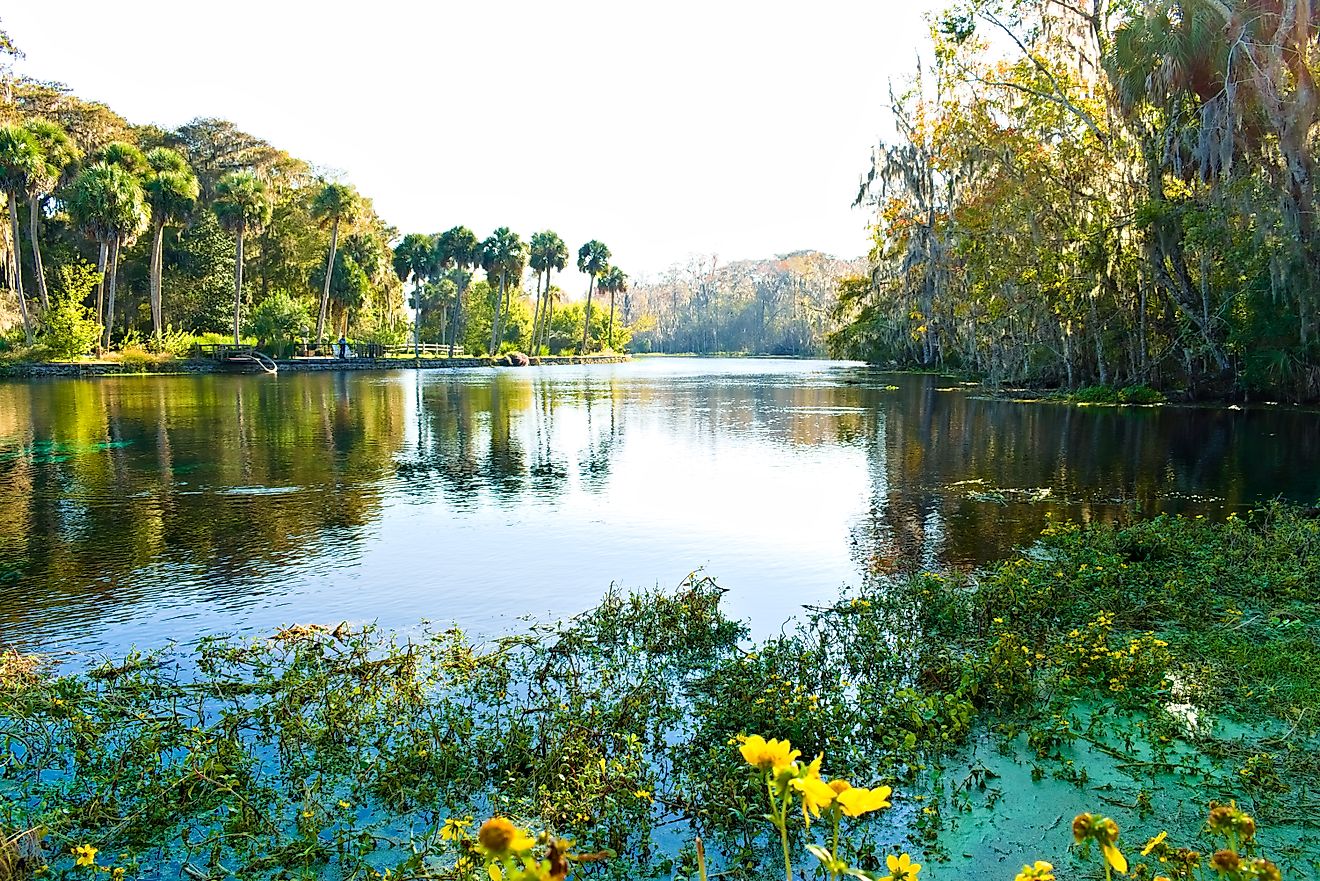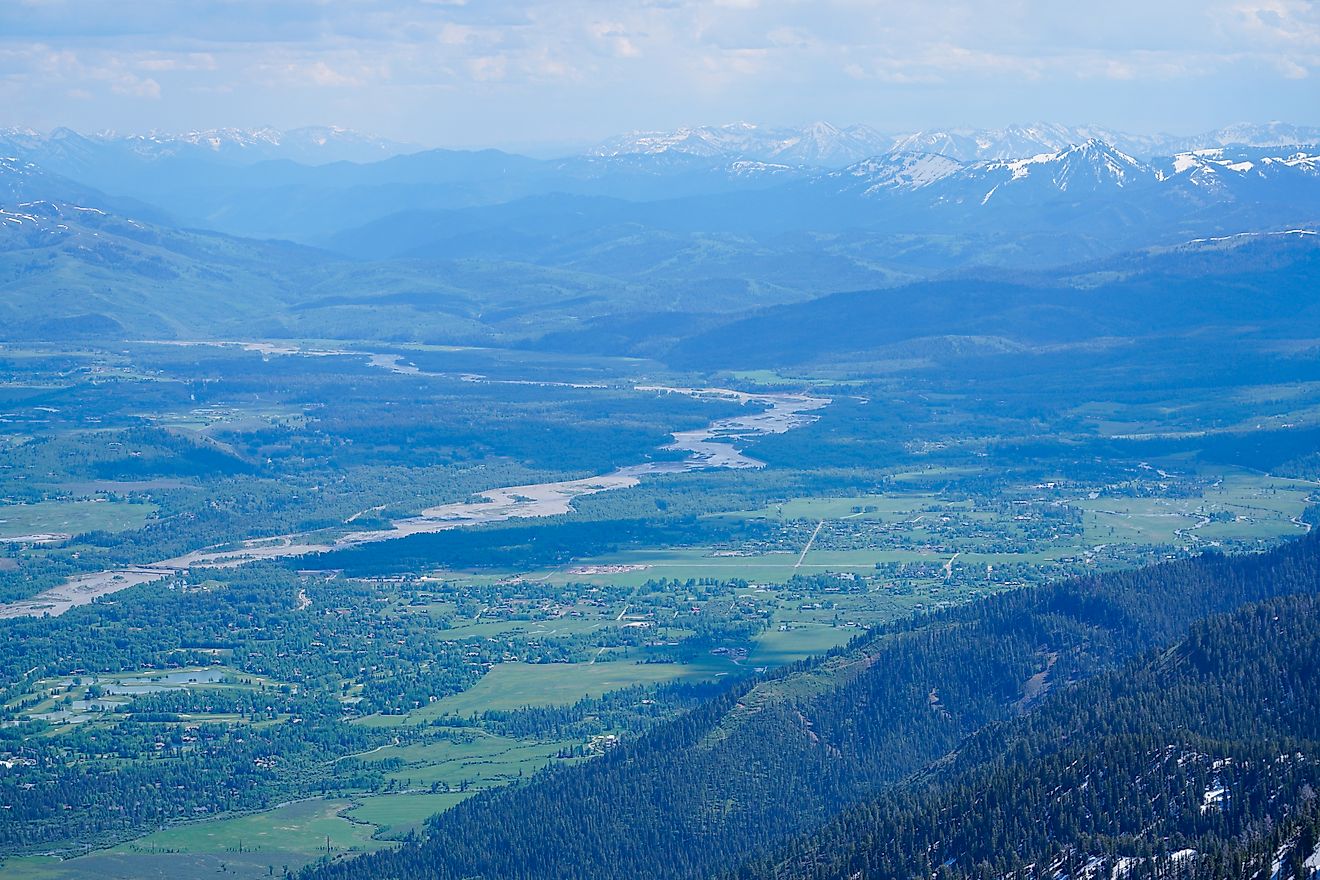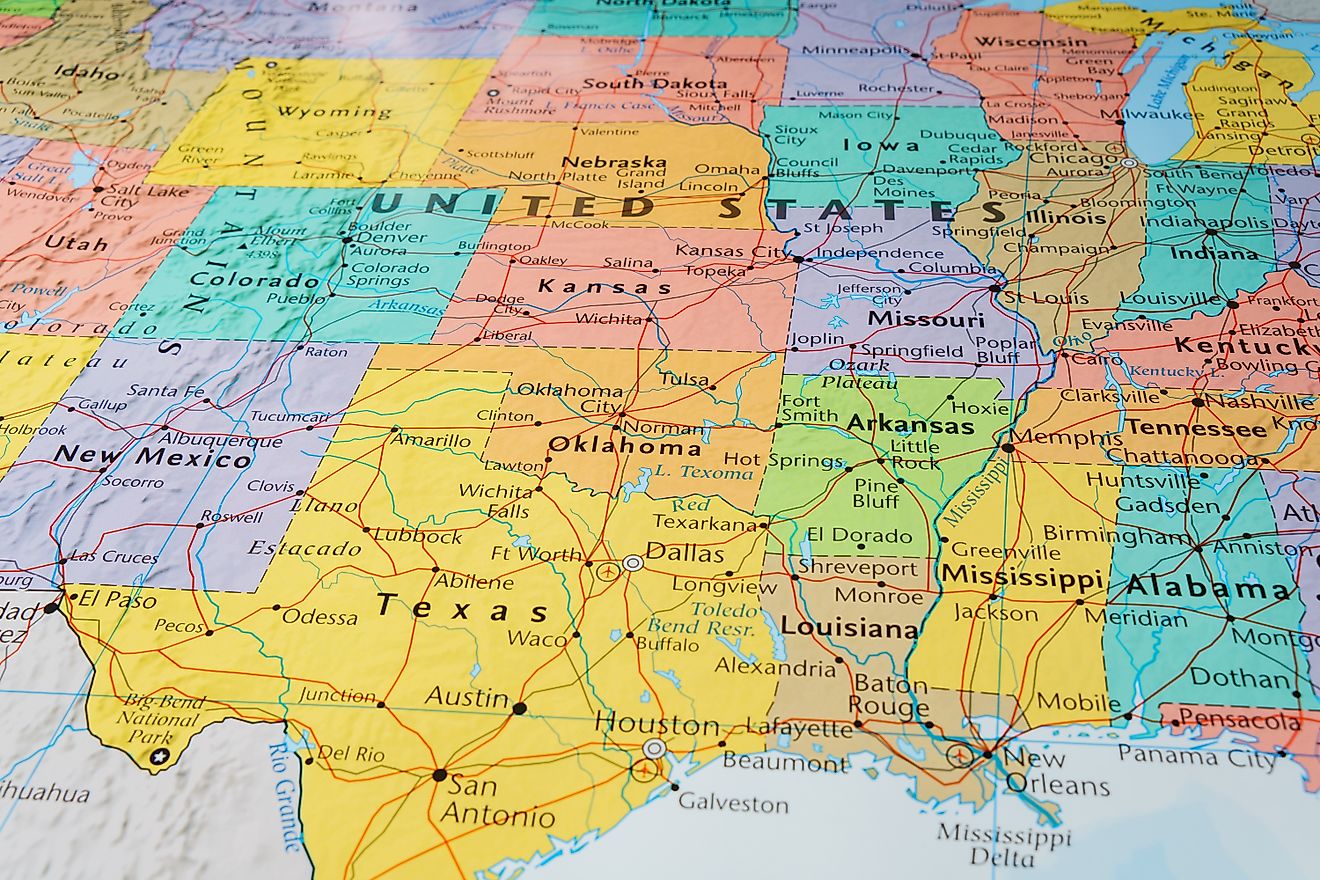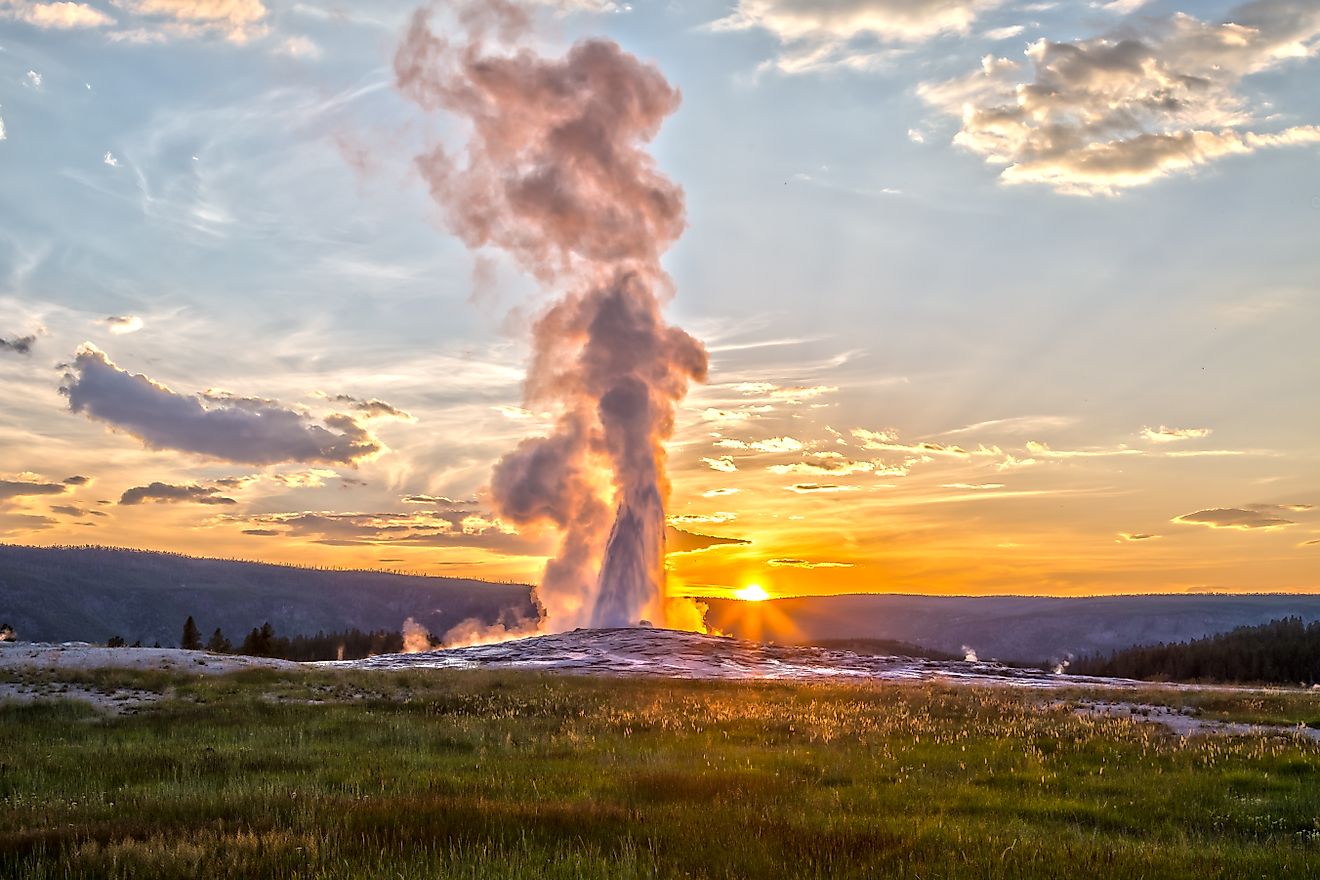
The 4 Largest Deserts in North America
North America’s deserts are far more diverse than sand dunes and scorching heat. Spanning from the Pacific Coast to the Mexican Plateau, the continent’s largest deserts are mosaics of wildlife, cultural history, and geological wonder. In the US, four major deserts dominate the drylands—each with its own story, landscape, and surprising ecological richness.
Whether you’re a traveler chasing expansive horizons or a geography enthusiast curious about the driest places on the map, here’s a deep look into the four largest deserts in North America—by size, location, and what makes them uniquely captivating.
The Chihuahuan Desert
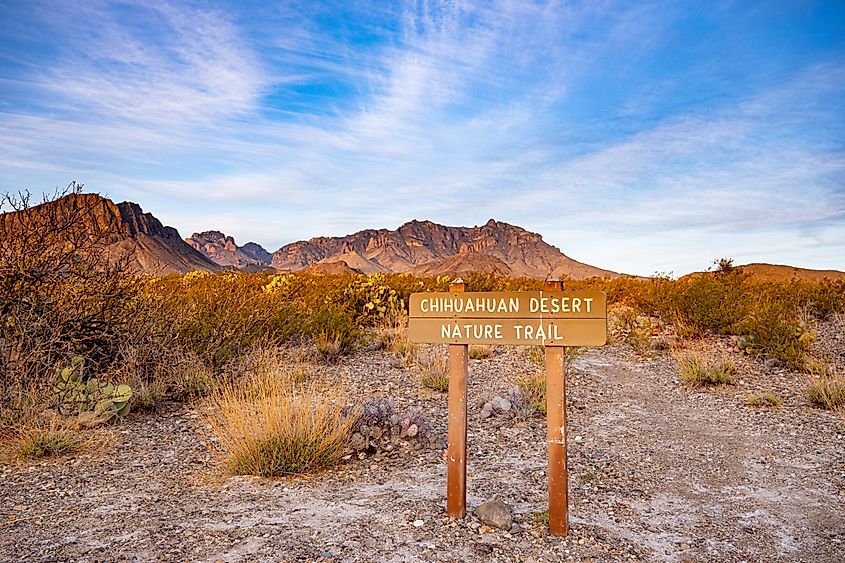
Chihuahuan Desert Nature Trail Sign in Big Bend National Park.
Size: Approx. 200,000 square miles
Location: Northern Mexico, West Texas, Southern New Mexico, Southeastern Arizona
The Chihuahuan Desert is not only the largest desert in North America, it’s also one of the most biologically rich desert ecosystems in the world. Covering nearly 200,000 square miles, this desert stretches deep across northern Mexico and crosses the US border into Texas, New Mexico, and Arizona.
Unlike many people’s expectations of deserts, the Chihuahuan isn’t dominated by towering sand dunes. Instead, it's a mix of rugged mountains, wide basins, and arid grasslands. Its elevation—generally between 1,900 and 4,900 feet—creates seasonal variation and supports more than 3,500 plant species, including the world’s highest diversity of cacti.
Standout Features:
-
Big Bend National Park (Texas): A massive swath of protected desert that blends river canyons, hot springs, and limestone cliffs.
-
White Sands National Park (New Mexico): Famous for its dazzling gypsum sand dunes.
-
Biosphere Reserves in Mexico: Like Mapimí and Janos, which are hotspots for desert conservation and scientific research.
Wildlife Highlights:
-
Roadrunners, kit foxes, burrowing owls, and Mexican gray wolves are common.
-
Endemic species like the Chihuahuan raven and Sotol plant thrive here.
The Sonoran Desert

Sunset in the Sonoran Desert near Phoenix, Arizona.
Size: Approx. 100,000 square miles
Location: Southern California, Southwestern Arizona, Northwestern Mexico (Sonora and Baja California)
The Sonoran Desert is a stunning paradox. It’s the hottest desert in Mexico and the US, yet it receives more rainfall than most others. That rain, combined with its lower elevation and diverse topography, fuels a strikingly lush desert filled with towering saguaro cacti, blooming wildflowers, and colorful sunsets.
Spanning about 100,000 square miles across California, Arizona, and northwestern Mexico, the Sonoran is best known for its iconic saguaro forests—a symbol of the American Southwest. But it’s also home to coastal sand dunes, volcanic peaks, and river-fed valleys.
Standout Features:
-
Saguaro National Park (Arizona): Preserves some of the densest saguaro cactus forests in the world.
-
Organ Pipe Cactus National Monument: A UNESCO biosphere reserve on the US-Mexico border.
-
Gran Desierto de Altar (Mexico): One of the largest sand dune fields in North America.
Unique Wildlife:
-
Gila monsters, javelinas, desert tortoises, and bats.
-
Sonoran pronghorns: One of the rarest mammals in North America.
The Sonoran is also the only place in the world where the saguaro cactus grows naturally. With a lifespan of up to 200 years, these plants stand as both ecological giants and cultural icons.
The Great Basin Desert
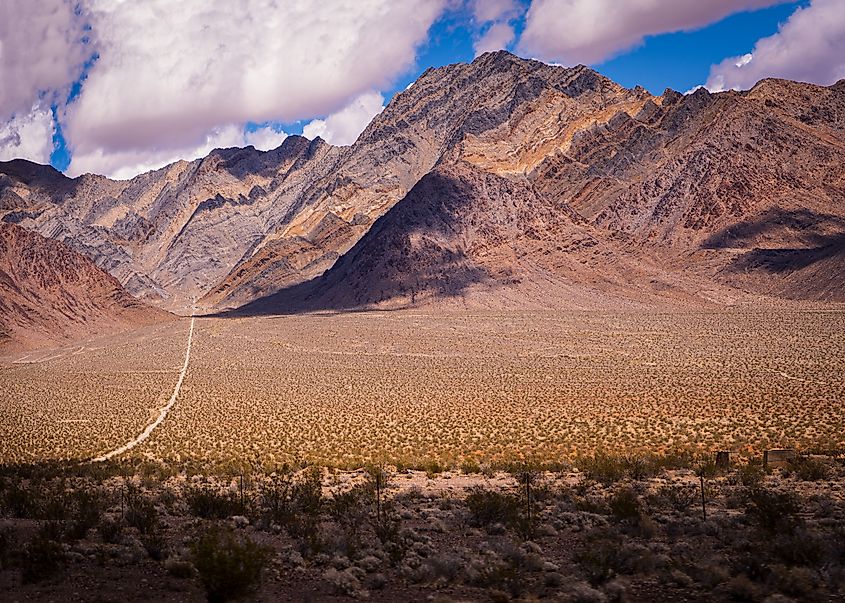
The Great Basin Desert, Nevada.
Size: Approx. 190,000 square miles
Location: Most of Nevada, Western Utah, Parts of Oregon, Idaho, and California
Unlike the others, the Great Basin Desert is a cold desert, meaning it gets snow in winter and maintains cooler temperatures due to its high elevation. It stretches across a massive chunk of Nevada, as well as parts of Utah, Oregon, Idaho, and California, making it the second largest desert in North America by area.
The landscape is dominated by isolated mountain ranges separated by flat, dry basins—hence the term “basin and range.” It’s one of the least populated and least understood regions in the US.
Landmarks Worth Exploring:
-
Great Basin National Park (Nevada): Home to the ancient Bristlecone pine trees (some over 5,000 years old) and Lehman Caves.
-
Bonneville Salt Flats (Utah): A surreal, blinding-white expanse famous for land-speed records.
-
Black Rock Desert (Nevada): Known for its vast playa and as the site of the annual Burning Man festival.
Ecology and Wildlife:
-
The desert supports sagebrush steppe, juniper woodlands, and alpine peaks.
-
Animals include mule deer, mountain lions, and sage-grouse.
The Great Basin's sheer size and remoteness make it a haven for solitude seekers and stargazers—some areas here have the darkest night skies in the continental US.
The Mojave Desert
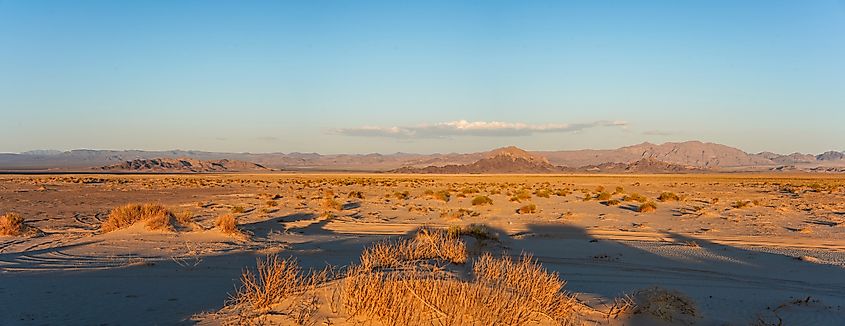
Sunset in the Mojave Desert.
Size: Approx. 47,000 square miles
Location: Southeastern California, Southern Nevada, Northwestern Arizona, Southwestern Utah
The Mojave Desert is the driest and most starkly beautiful of the four, covering just under 50,000 square miles. It’s home to Death Valley National Park, the hottest place on Earth, where temperatures have soared as high as 134°F. But beyond the heat, the Mojave is a land of eerie silence, jagged mountains, and unexpected bursts of life.
This desert is named after the Mojave people, a Native American tribe with a long history in the region. It's geologically rich—known for Joshua trees, extinct volcanoes, and dry lake beds that glisten with salt under the sun.
Iconic Destinations:
-
Death Valley National Park: Home to Badwater Basin (282 feet below sea level), salt flats, and vibrant desert canyons.
-
Mojave National Preserve (California): A quieter, off-the-beaten-path haven with sand dunes and lava tubes.
-
Red Rock Canyon (Nevada): Near Las Vegas, offering rugged trails and brilliant sandstone cliffs.
Notable Flora and Fauna:
-
Joshua trees are the defining species—endemic to the Mojave.
-
Desert bighorn sheep, kit foxes, and kangaroo rats roam the rocky landscape.
Though not the largest, the Mojave’s proximity to major cities like Las Vegas and Los Angeles makes it one of the most visited and photographed desert regions in North America.
Why These Deserts Matter

North America's deserts are more than empty space—they’re ecosystems teeming with life, climate history, and indigenous cultures. They’re also key to understanding the continent’s water scarcity, biodiversity, and the growing effects of climate change.
And for travelers? Each one offers something wildly different:
-
Stargazing in the Great Basin
-
Cactus forests in the Sonoran
-
Geological extremes in the Mojave
-
Ecological diversity in the Chihuahuan
You don’t have to love extreme heat or rugged terrain to appreciate them. These deserts offer quiet, color, and drama—making them some of the most underrated destinations in North America.
Final Thought
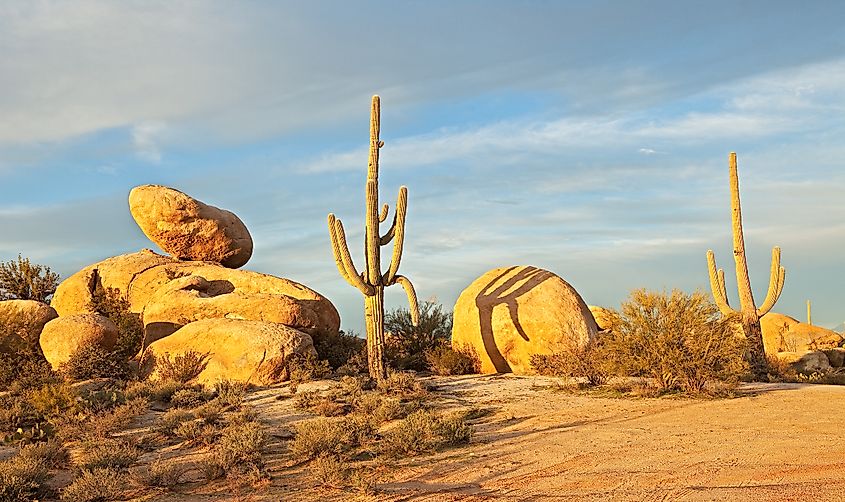
North America's four largest deserts each offer a different kind of vastness—one defined by heat, another by height, another by silence, and still another by life hidden in plain sight. Together, they shape the soul of the American West and the Mexican north.
If you’re ready to feel small in the best way possible, point your compass toward one of these deserts. They’re waiting—and they’re not as empty as they seem.
Q&A: Quick Facts About North America’s Largest Deserts
What is the largest desert in North America?
The Chihuahuan Desert, covering about 200,000 square miles.
What is the hottest desert in North America?
The Mojave Desert, specifically Death Valley, holds the world heat record.
Which desert has the most plant life?
The Chihuahuan Desert, with more than 3,500 plant species.
Are there cold deserts in North America?
Yes—the Great Basin Desert is a cold desert with snow and alpine conditions.
Can you visit all four deserts?
Absolutely—parks like Big Bend, Saguaro, Death Valley, and Great Basin make them accessible and unforgettable.
